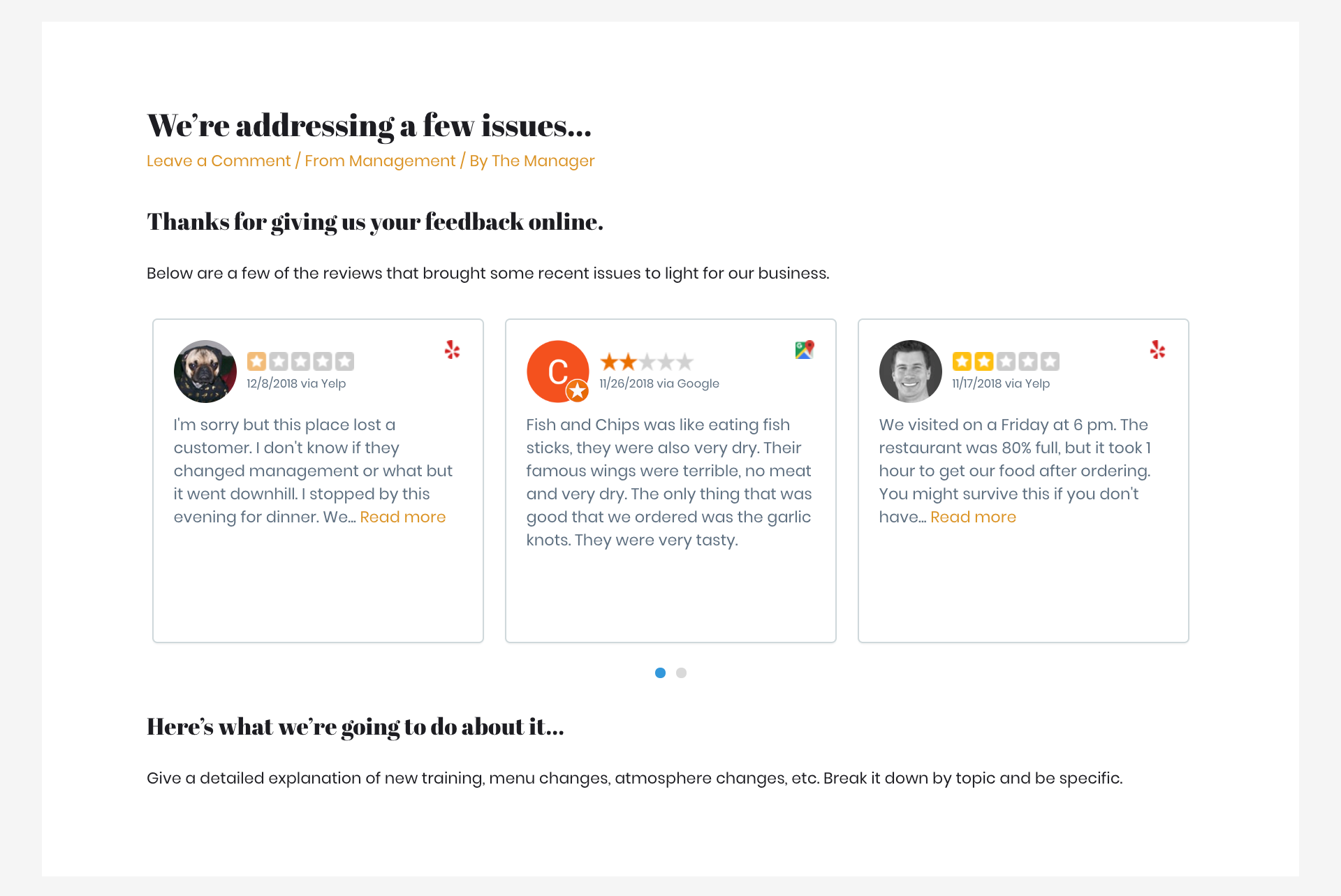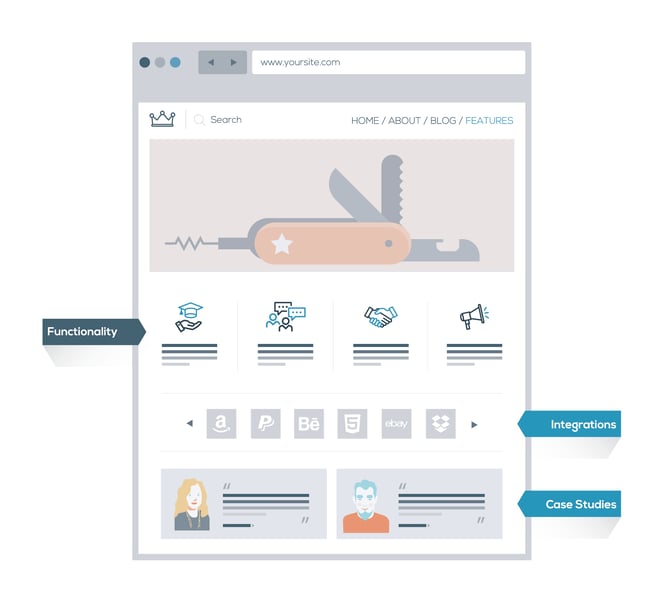Cloud adoption is not just something for big business. Today, schools across the globe are adopting it for the numerous benefits it brings, including for staff, students and parents. Here, we’ll look at the ways cloud technology is transforming education and bringing schools into the 21st Century.
1. Cut costs

With staff costs swallowing around 80% of school budgets and changes to school funding having an impact, business managers are hard pushed to make ends meet. Over recent years, school savings that have taken decades to accrue have dwindled. At the same time, schools are increasingly having to modernise their IT infrastructure in order to keep pace with technological developments and keep their curricula up to date. This often requires the purchase of expensive servers, as well as paying for the additional IT expertise to manage them and the ongoing energy costs to keep them running and cool.
Moving to the cloud technology eliminates the need to buy on-site servers completely, replacing them with a vendor-hosted infrastructure that is paid for with a more manageable monthly cost. And with no hardware to manage and maintain at school the burden on IT staff is reduced, freeing them up to work on more important, school-related tasks. In addition, with no 24/7 air-conditioning and power to pay for, further cost reductions can be made.
The hardware savings and reduction in other costs is even bigger for multi-academy trusts, as they will only need a single cloud package to cover all of their schools. This trust-wide system can then be controlled by a single team at the trust’s HQ, rather than needing staff in each school.
2. Everywhere accessibility

One of the biggest practical advantages of moving to the cloud technology is that it enables data and information to be accessed anywhere with an internet connection. This means teachers and pupils can access files, documents and other learning resources anywhere – something that has been absolutely critical during the pandemic. They can also collaborate and communicate far easier using a wide range of devices, communication channels and specially developed education platforms.
With highly secure logical access control in place, schools can restrict access to information so that only those given permission can have access. This can be done on an individual basis so that each person is given the right access to the information they need. With logical access in place and school data and files stored centrally online, the possibilities for extending learning beyond the classroom and enabling staff to collaborate are endless.
3. Better parents’ evenings

The cloud opens the door to a new way to hold parents’ evenings. Over the last year, we have seen many schools using the cloud to replace face to face parents’ evenings with video calls – something that both parents and staff have found favourable. Parents are happy because they can book appointments to suit online and don’t need to travel to the school, struggle for a parking space or wait endlessly in a queue while appointments drag on over the allocated times. Online, they last exactly as long as the school sets them, usually five minutes.
Online parents’ evenings are also good for the school. They reduce the burden on staff as no one has to timetable the appointments and send hundreds of print outs, the school doesn’t need a super-clean and furniture rearrangement, and there’s no need to provide refreshments or pay someone to serve them. Teachers, meanwhile, can hold their appointments from home instead of having to stay late and wait for hours before the event actually begins. Online, they’ll also have access to the data they need for the meetings and can even share it on screen. Additionally, the school doesn’t need to be heated or lit and the caretaker doesn’t need to be paid overtime. There are also benefits to the wider community as local roads won’t be blocked by traffic, residents won’t find their parking spots filled and there’ll be less pollution.
4. Real-time data – on tap

The use of data has become vital for schools in helping them drive everything from whole-school initiatives to improving the progress of individual students. Increasingly, school leaders, classroom teachers, pupils and parents need to access that data and want it up to date. This is incredibly difficult to achieve when that data is not held centrally. If individual teachers or departments store their most recent data on local machines or even portable drives, what’s available to everyone might be out of date and won’t give the current picture.
The cloud can transform the way data is stored, managed and accessed. Held centrally, everyone can access the data they are permitted to access and be assured that it’s the most up-to-date version available. What’s more, data held centrally doesn’t get lost when people accidentally delete it from a machine or lose their portable drive. It also means data can be backed up online quickly and securely, instead of IT staff having to make daily backups to other drives or disks in school.
5. Cut the costs of print and paper (financially and environmentally)

Schools spend a fortune on paper and printing, much of which, today, is unnecessary. Instead of handing out numerous worksheets for students to complete classwork and homework with pen and pencils, they can be completed and marked online. This also ensures there’s a permanent copy of them which doesn’t go missing and reduces the amount of old schoolwork taking up valuable storage space in stockrooms across the building.
The same goes for the copious amount of literature that schools send home: letters to parents, newsletters, consent forms, pupil guides, uniform regulations and so forth. All of these can be made available online and parents can be sent text messages or emails with a link to download them. What’s more, making them available online means parents can go back and relook at them at a later date which is hard to do if paper and email versions have been put in the trash.
Of course, the financial benefits are boosted by the environmental ones. The CO2 generated by manufacturing and transporting paper and printing out messages are vastly reduced. That’s not to say that sending electronic communications is carbon-free, it isn’t, but the environmental impact is significantly less.
6. Personalised environments

Personalisation is one of the major benefits of cloud technology and has been seized upon by businesses to improve the customer experience. Just think of how your Amazon homepage is personalised for you when you log in. This is something that the cloud also enables you to achieve as a school.
Its main benefit is for students. Here children can have personalised learning environments created for them, helping schools address accessibility issues for individual students and providing all pupils with schoolwork that is customised for their individual needs. It’s a highly effective way to provide all students with individual learning plans that can be easily managed and implemented. This, indeed, is a far more beneficial project for your IT team to work on than managing an on-site server.
It’s not just pupils that benefit either. Teachers can have personalised areas of their school portal making it easier to access the data, files and information they need, helping them do their jobs more effectively, instead of having to sift through a portal designed for everyone’s use. The same applies to parents. Overall, it improves everyone’s experience of accessing the school online.
Conclusion
Schools can no longer ignore the digital transformation that is taking the world by storm. Digital products and services are benefitting users in all aspects of life and staff, students and parents expect to be able to make use of these technologies in the school environment. From a school’s perspective, adopting cloud technology is essential to make use of these digital services and benefit from the advantages they bring.


























































